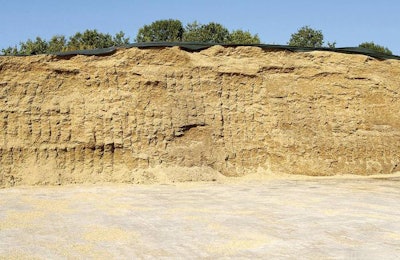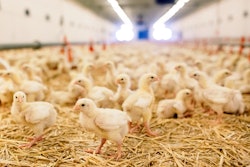
Dairy nutrition expert says this year’s corn crop produced silage with good digestibility
The digestibility of corn silage affects the overall production of dairy cattle, and the 2020 corn crop has a high digestibility, according to Dr. Luiz Ferraretto, University of Wisconsin-Madison Department of Dairy Science & Extension ruminant nutrition specialist.
“The first impression we have about the 2020 corn silage is that it looks like a very good crop,” he said recently during a UW-Madison Extension webinar. “The fiber digestibility is greater (than some previous years), and I think that’s a great thing to see.”
He also said the dry matter of the corn crop is slightly higher this year than in 2019, and that the 2020 corn silage has good starch digestibility.
“I think we have a crop where we have two of the main nutrients more digestible than usual … which allows us to manipulate diets in different ways and I think it fits very well with the idea of establishing higher-forage diets if inventory allows you to because this way you have, first, more digestible fiber, but also you have more digestible starch and perhaps you can save some room in the diet by removing some of the corn and adding some cheaper byproducts, for example, so this is another strategy that this corn silage may allow you to do,” he said.
The quality of the “crop plays a major role, so if you have a crop that is not so digestible, this may drastically affect the overall production” of dairy cattle, he said.
Having good quality forage, like this year’s corn silage, allows producers to achieve better feed efficiency and save on feed costs.
“Perhaps the establishment of high-forage diets will allow you to reduce a little bit the cost of the diet,” he said. “So, perhaps there is opportunity this year to establish a little bit higher forage diets without any issues because the digestibility values are good.”
Conversely, lower digestibility will lead cows to consume less forage and increase feed costs.
“If you feed low digestibility diets, in terms of fiber, cows will have between 5 and 15% lower intake and they will spend 5-20% more time in the feed bunk. So, because corn silage looks much better in 2020 from a fiber digestibility perspective, perhaps intakes will be good and animals will consume for a smaller period of time and perhaps spend more time resting, ruminating and so on,” Ferraretto said.











